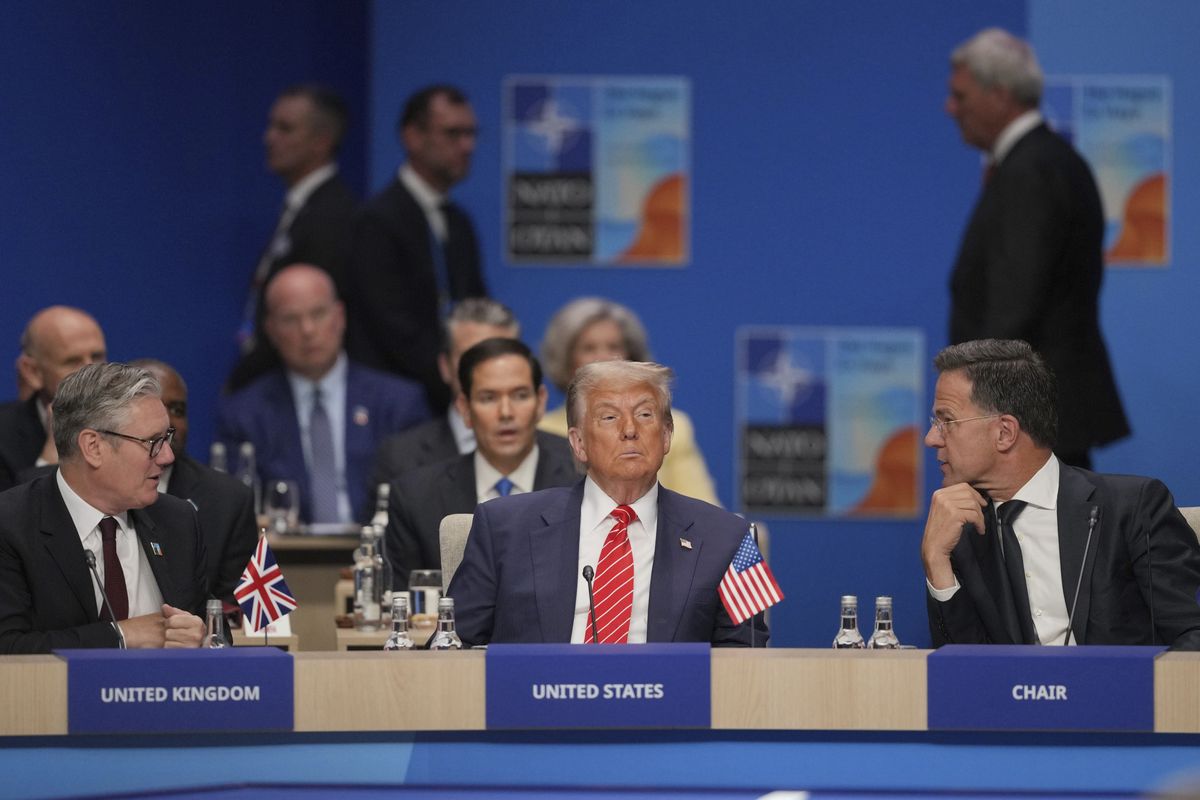The European Union and the United States have been close allies for decades and "partners of first resort," to use the words of both former Secretary of State Hillary Clinton and current Secretary of State John Kerry. We are the largest trading bloc in the world and the primary destination of each other's investment flows.
This close transatlantic cooperation is also evident in the cyber domain, whether we are talking about online privacy, cybersecurity, network resilience, or freedom of expression. We may well choose different means to achieve our objectives – the EU for instance has a slightly stronger preference for legislation over self-regulation – but our end goal is clearly the same: a trustworthy, open, free, and secure cyberspace, where fundamental rights, democracy, and the rule of law are protected and promoted.
The strategic goals that both the EU and the U.S. have publicly endorsed, for example the U.S. International Strategy for Cyberspace of 2011, the EU International Cyberspace Policy of 2013, the European Commission Communication on Internet Policy and Governance of 2014, or the Digital Single Market strategy of 2015, as well as the more sector-specific policy and regulatory decisions on both sides of the Atlantic, clearly show how aligned our priorities are.
We also agree that global cooperation is key to achieving these objectives; and that all stakeholders, including business and civil society, should be involved constructively and respectfully, using either traditional multi-lateral mechanisms (but adapting them to the reality of international policy in the 21st century) or newer, multi-stakeholder organizations and processes such as ICANN or the Internet Governance Forum.
The EU and the U.S. take this approach, because, as the most advanced economies in the world and as free and open societies, we have long concluded that Information and Communication Technologies (and a truly global and interoperable Internet in particular) are key to economic growth and social development. Neither of us believe that protectionist policies or regional fragmentation of global data flows are going to truly achieve these objectives.
This does not mean that the EU and the U.S. always see eye to eye. Nor does it mean that public policy priorities, such as privacy or national security, can be ignored by either side or sidelined in the name of fuzzy notions of "innovation" or "over-regulation." The current debate over the reform of the Safe Harbor framework, following the October 6 ruling of the European Court of Justice, which struck down the mechanism that was created in 2000 to facilitate personal data flows from the EU to the U.S., illustrates the complexities of adapting our traditional notions of jurisdiction to the "new world" of the global Internet.
But what doomsayers, including some with a clear interest in weakening the strength of the transatlantic relationship for their own gain, consistently miss is that despite occasional disagreements we do agree on the fundamentals (in the case of Safe Harbor, the European Commission made it very clear immediately following the ruling that its priorities were to ensure that EU-U.S. personal data flows could continue, while ensuring that fundamental rights of EU citizens would be protected). And we do have plenty of experience and concrete instruments to find mutually satisfactory compromises across the "cyber board": for example, the EU-U.S. Cyber Dialogue, the EU-U.S. Information Society Dialogue, the EU-U.S. Working Group on Cyber-security and Cyber-crime, the Transatlantic Economic Council, cooperation arrangements between the Federal Trade Commission and European Data Protection Authorities, and others.
Leaders across the Atlantic – whether from government, business, or civil society – should remember that we ultimately share the same goals, and at the end of the day, the EU and the U.S. have much more in common in terms of values and interests, than either of us has with the rest of the world.












